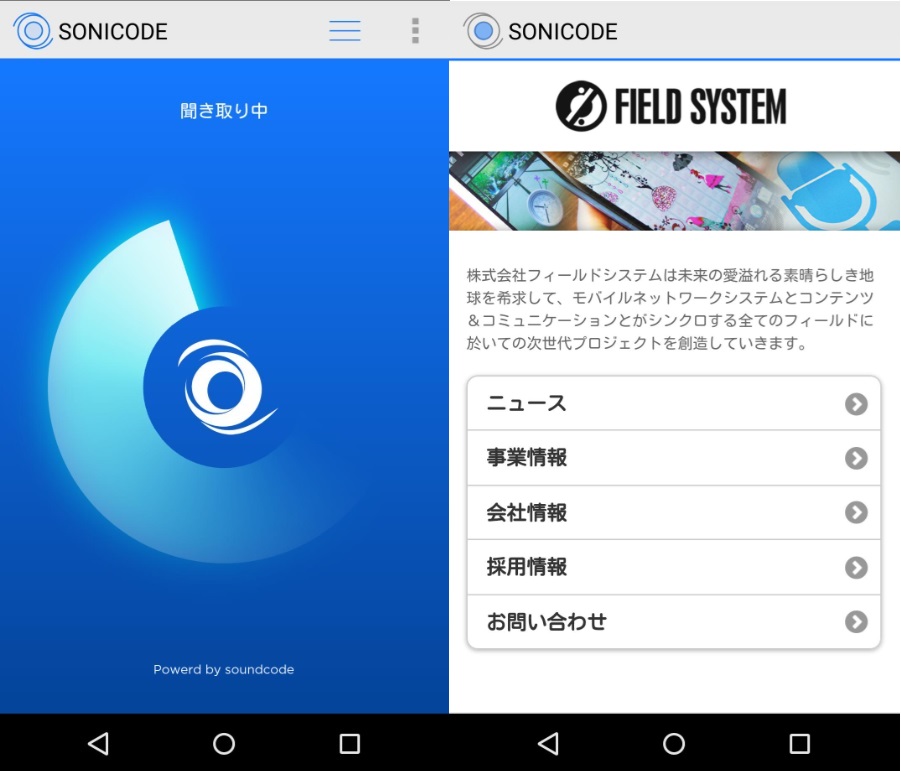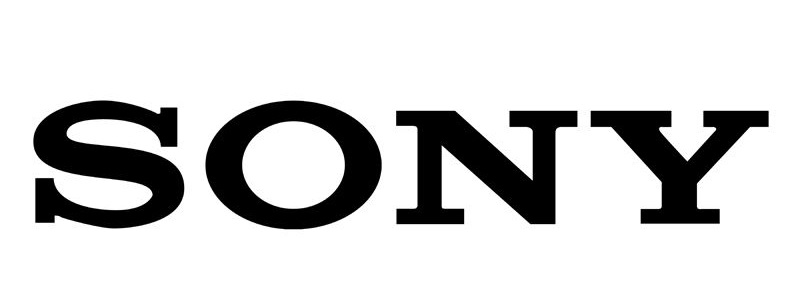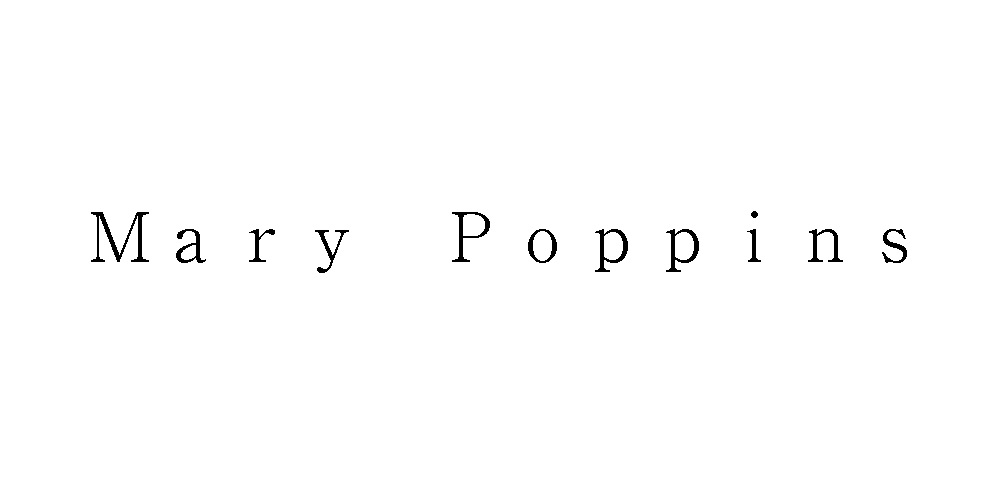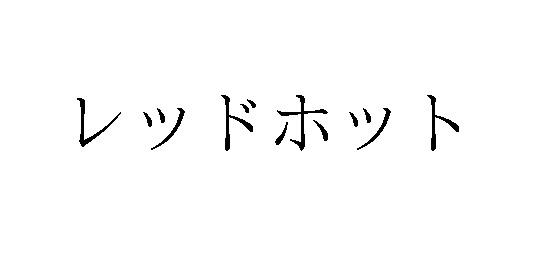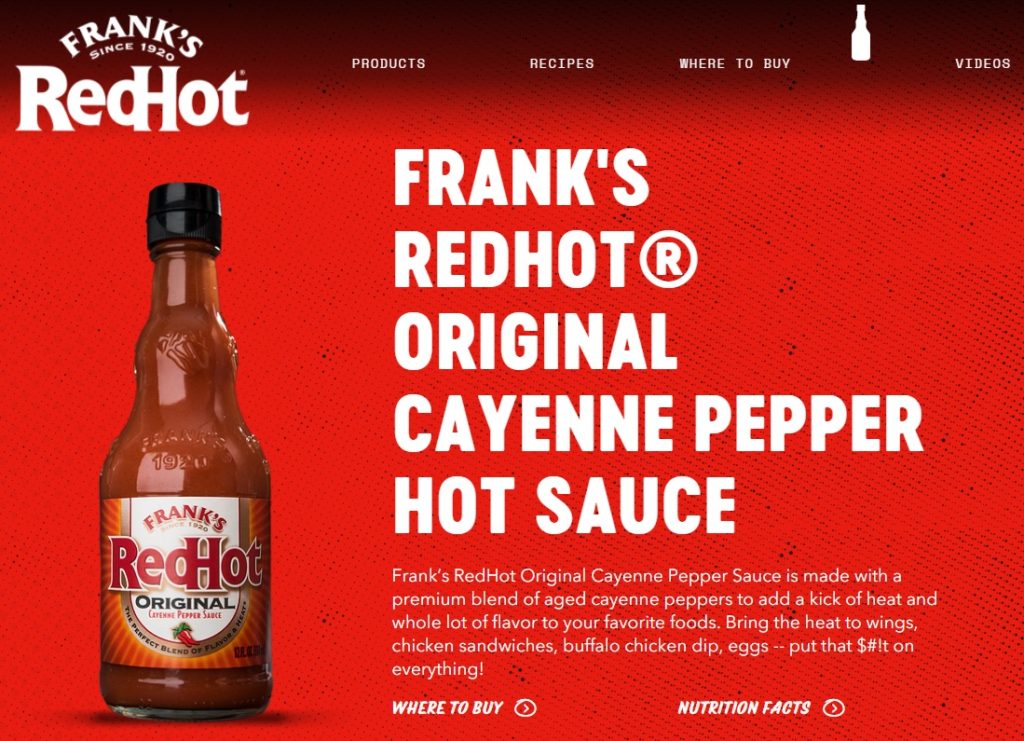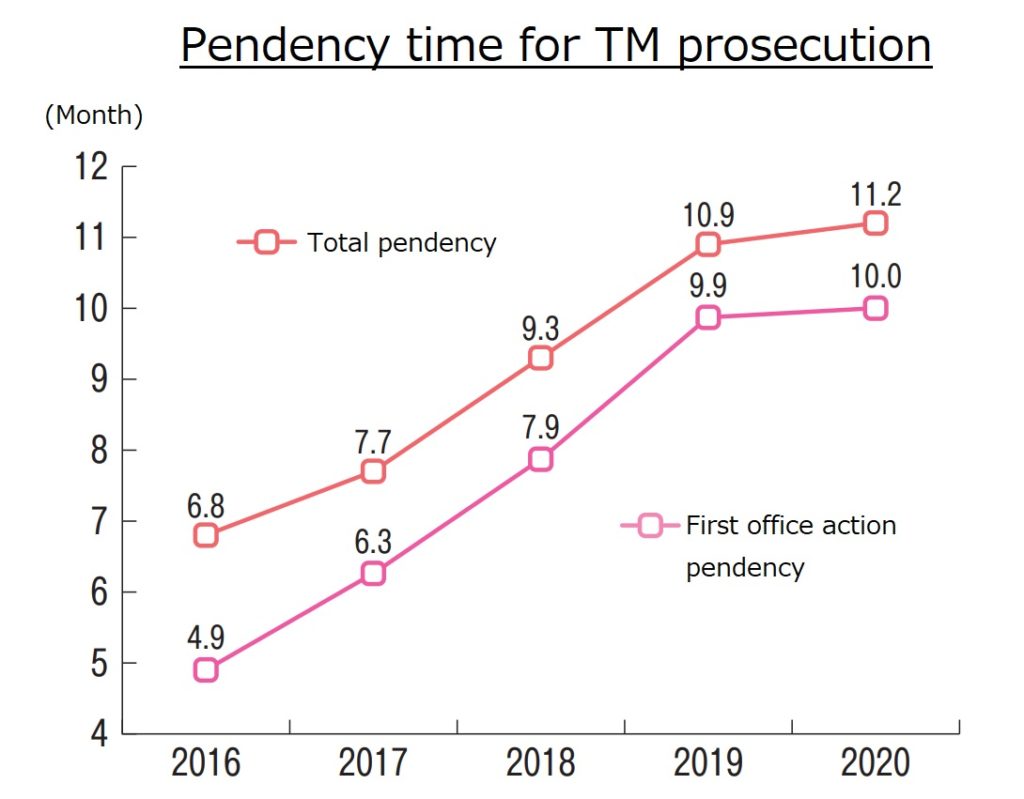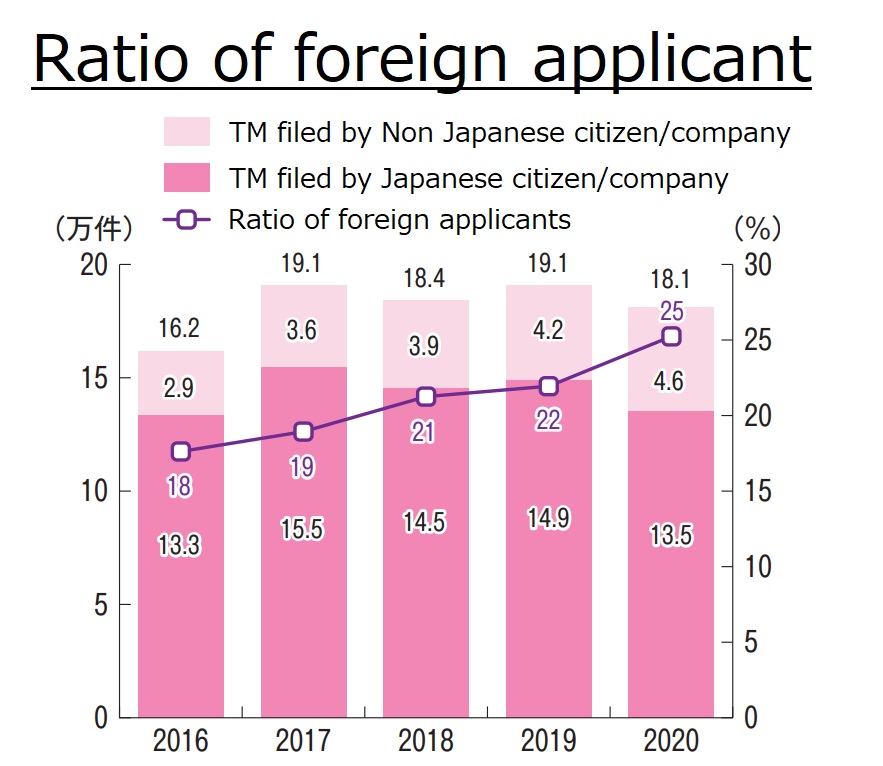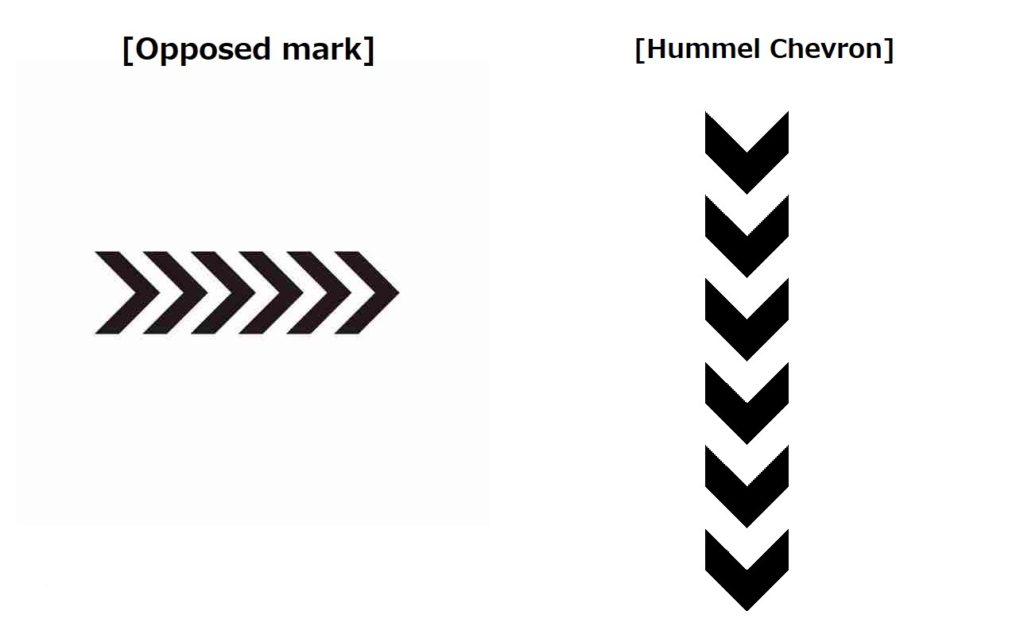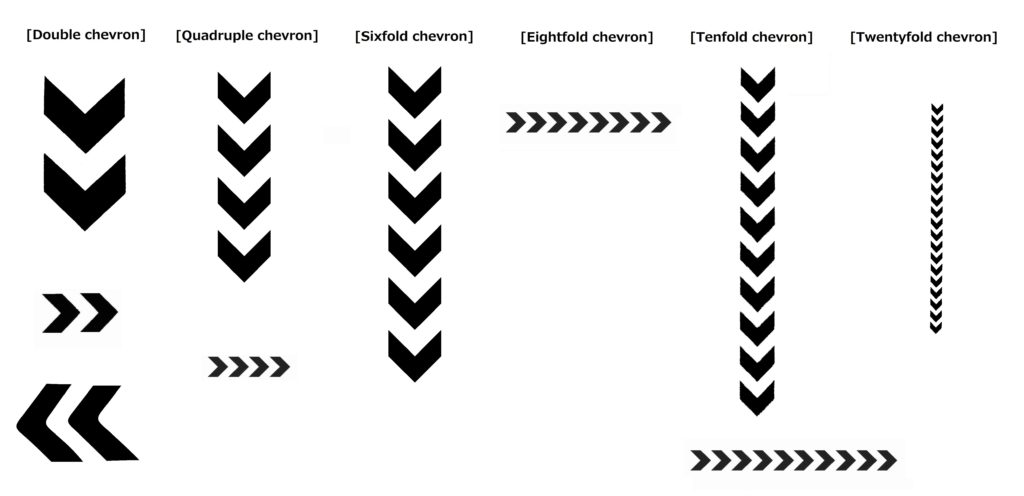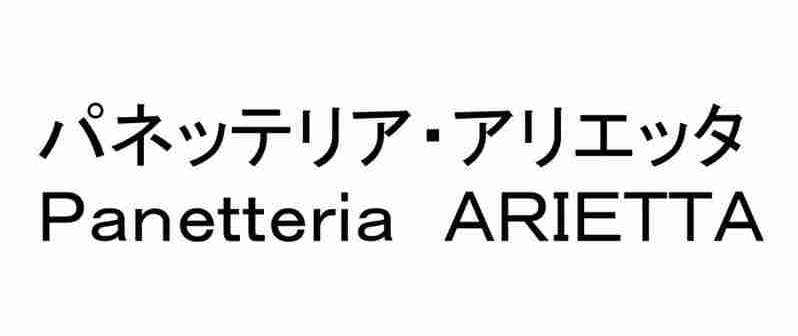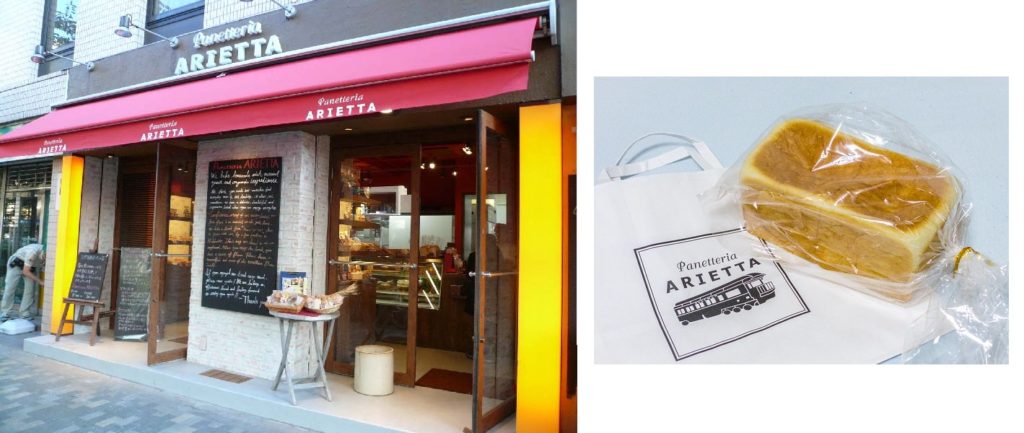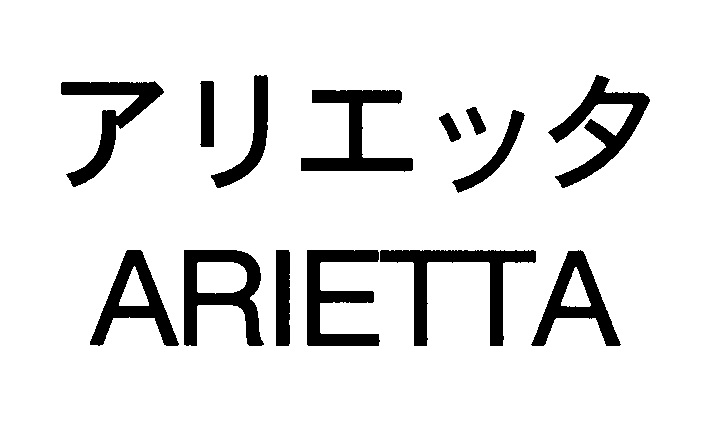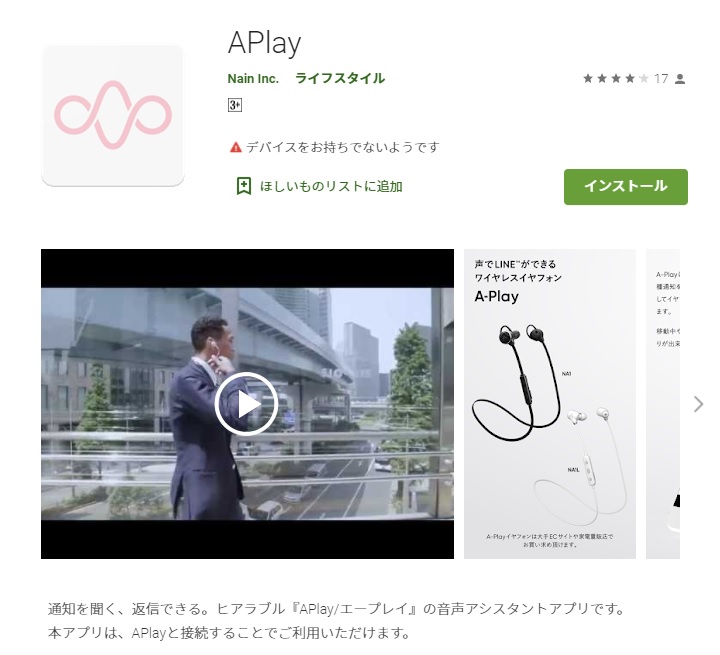The Japan Patent Office (JPO) dismissed a trademark opposition claimed by Swiss luxury watchmaker, Longines Watch Co., Francillon Ltd., against Japanese trademark registration no. 6165986 by finding dissimilarity to Longine winged hourglass logo.
[Opposition case no. 2019-900301, Gazette issued date: August 27, 2021]
Opposed mark
Opposed mark, consisting of a winged device (see below right), was filed by a Chinese undertaking on July 11, 2018, for use on jewelry, clocks, watches, chronometers, and other goods in class 14.

The JPO admitted registration of the opposed mark on July 26, 2019, and published for post-grant opposition on August 20, 2019.
Opposition by Longines
To oppose against registration within a statutory period of two months counting from the publication date, Compagnie des Montres Longines, Francillon S.A. filed an opposition on October 18, 2019.
In the opposition brief, Longines asserted the opposed mark shall be retroactively canceled in contravention of Article 4(1)(vii), (x), (xi), and (xix) of Japan Trademark Law due to a resemblance to Longine’s famed winged hourglass logo (see above left).
Article 4(1)(vii) prohibits any mark likely to cause damage to public order or morality from registration.
Article 4(1)(x) prohibits registering a trademark that is identical with, or similar to, other entity’s well-known mark over goods or services closely related to the entity’s business.
Article 4(1)(xi) is a provision to refrain from registering a junior mark that is identical with, or similar to, any senior registered mark.
Article 4(1)(xix) prohibits registering a mark that is identical with, or similar to, another entity’s famous mark, with an aim to gain unfair profits, or cause damage to the entity, even if goods or services sought for registration are unrelated to the entity’s business.
JPO decision
The JPO Opposition Board did admit a certain degree of the reputation of wordmark “LONGINES” from the produced evidence. In the meantime, the Board questioned if the winged hourglass logo per se has acquired a similar degree of reputation as a source indicator of the opponent’s watches by stating that the logo has been always used in conjunction with or adjacent to the LONGINES mark.
Besides, the Board considered both marks dissimilar as a whole from visual, phonetic, and conceptual points of view. The cited mark consists of an hourglass and straight wings. The opposed mark consists of geometrical figures conceived as a human body and spread wing. Taking account of distinctions in appearance, the Board has reasonable ground to believe that relevant consumers would be unlikely to confuse a source of the opposed mark with Longines when used on the goods in question.
Due to a low degree of similarity and popularity, the Board did not find a reasonable doubt that the opposed mark was sought for registration with an aim to obtain unfair profits from Longines and disorder public interest and morality from the totality of the circumstances.
Based on the foregoing, the Board decided to dismiss the opposition entirely and found opposed mark shall not be canceled under Article 4(1)(vii), (x), (xi), and (xix).


